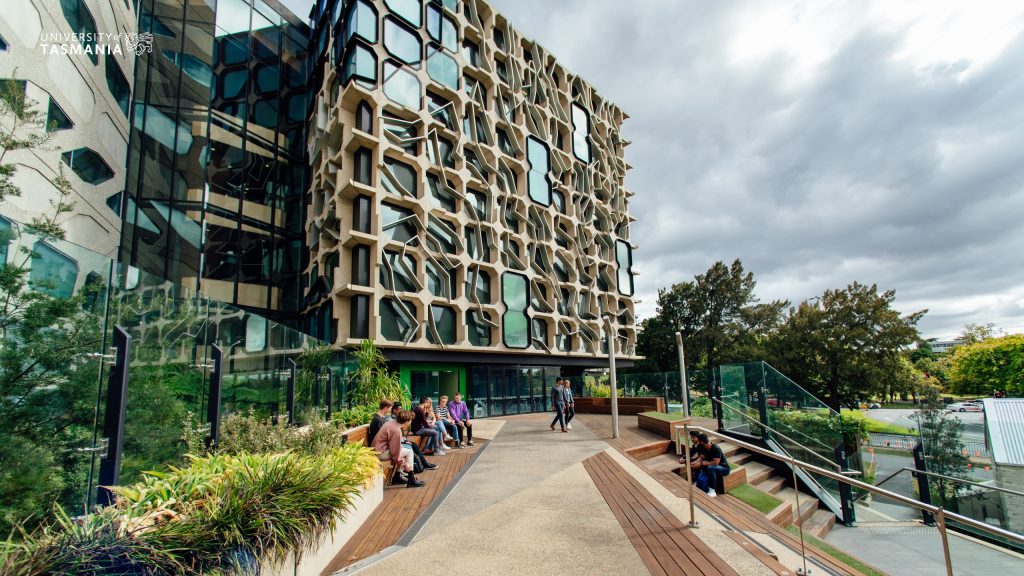Meet the keynote speakers
We are pleased to announce three distinguished researchers will present keynote talks at ASP Hobart 2023
Associate Professor Jane Alty MA(Cantab.) MB BChir FRCP(UK) FRCP(London) FRACP MD
University of Tasmania, Royal Hobart Hospital.

Jane is a Neurology Staff Specialist at the Royal Hobart Hospital and early career researcher at the University of Tasmania (UTAS). She qualified in Medicine from the University of Cambridge, UK, and worked in the UK National Health Service until 2019 when she was actively recruited to UTAS as an academic neurologist. She is now the Co-Director of the UTAS ISLAND Cognitive Clinic, a one-stop interdisciplinary research cognitive clinic that provides a State-wide diagnostic service for Tasmania. She also runs a specialist Parkinson’s disease and movement disorders clinic in Hobart and is a member of the Steering Committee for The ISLAND Project – the largest dementia prevention study in the world with >14,000 participants.
Jane’s key research focuses on developing Artificial-Intelligence aided (digital) biomarkers to improve detection, monitoring and prevention of Parkinson’s disease and Alzheimer’s disease. She has also established a sleep-neurodegeneration research program investigating REM sleep behaviour disorder. A/Prof Atly is currently the Chief Investigator on an NHMRC Ideas grant, a Royal Hobart Hospital Research Foundation Major Project, and co-lead on establishing HiMAC: a gait, movement, and neural control research space at UTAS.
Associate Professor Genevieve Steiner-Lim PhD, BPsych (Hons, Class I)
Western Sydney University

Genevieve is an NHMRC Emerging Leadership Fellow and the Clinical Research Platform Lead at NICM Health Research Institute, Western Sydney University. Her research program spans the early detection, prevention, and treatment of cognitive decline in older people with the aim of reducing dementia risk and improving quality of life. She combines psychophysiological and neuroimaging methods with other interdisciplinary research techniques – such as clinical trials, mixed-methods, neuropsychology, machine learning, metabolomics, immune and genetic markers – to test novel therapeutics that can provide early intervention for dementia with a focus on herbal medicine, nutraceuticals, and lifestyle.
Since completing her PhD in 2015 under the mentorship of Profs Robert Barry and Craig Gonsalvez at the University of Wollongong, A/Prof Steiner-Lim has attracted >$16.4M AUD in grant funding including two back-to-back NHMRC Fellowships, 22 awards and prizes, and has published over 85 peer reviewed publications in high impact journals. She currently leads a team of 15 in the HEADBOX Lab comprising research fellows, postdocs, research assistants, and higher degree research students. Her current focus is on applying psychophysiological methods including EEG, ERPs, TMS, and autonomic measures to better understand dementia risk and response-to-treatment with medicinal cannabis, herbal and nutritional supplements, cognitive training, and non-invasive brain stimulation.
Dr Neil Bailey PhD
Australian National University

Neil completed his PhD in neuroscience at the Monash Alfred Psychiatry Research Centre in 2013. He now works as a senior research fellow at the Australian National University and the Head of Data Science at the Monarch Research Institute.
His research program is focused on the use of electroencephalography (EEG) to conduct a range of studies that explore different methods to improve mental health. In particular, he examines how cognition-related brain activity differs in long term meditators, and whether depression treatment responses to repetitive transcranial magnetic stimulation can be predicted using EEG data. While his research priority is a better understanding of mental health, his research has also involved some fairly extensive diversions into EEG pre-processing and analysis methodology, as well as explorations into machine learning models. These models were trained on a highly comprehensive time-series feature set from EEG data, which has identified a range of informative features that are seldom analysed in EEG research.









